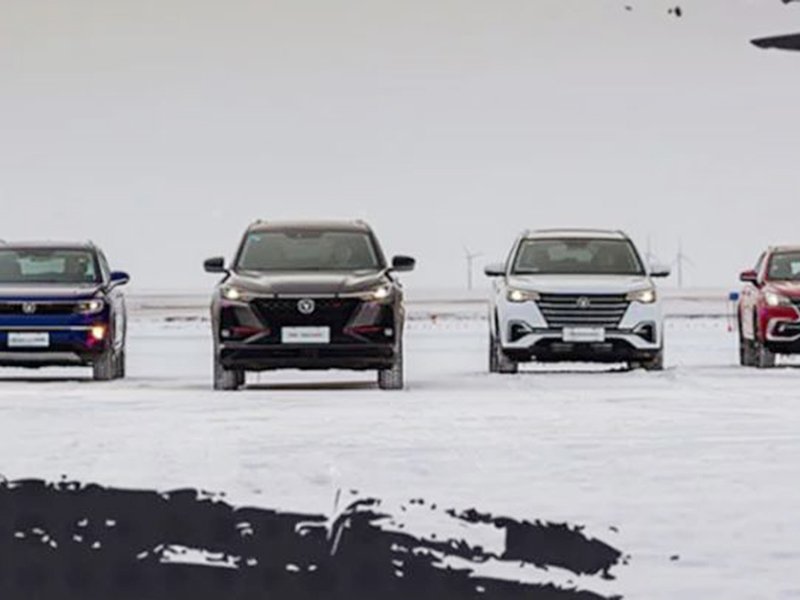
China’s new-vehicle market, a reliable source of growth and profits for automakers worldwide, contracted for the second consecutive year as a weakening economy and prolonged trade war with the United States continued to sap demand.
New-vehicle deliveries slipped 8.2 percent to just below 25.8 million, the China Association of Automobile Manufacturers said Monday.
The protracted downturn largely reflected weaker demand for new cars and light trucks, which fell 9.6 percent to below 21.5 million, the group said.
Sales of commercial vehicles such as buses and trucks dipped 1.1 percent to roughly 4.3 million for the year.
“We have moved away from the high-speed development stage. We have to accept the reality of low-speed development,” Shi Jianhua, a senior official at CAAM, said at a news briefing.
“We had high-speed growth for a consecutive 28 years, which was really not bad, so I hope everyone can calmly look at the market.”
Because of a steep cut in subsidies in late June, demand for electrified vehicles slumped the remainder of the year.
As a result, the electrified-vehicle market in China contracted for the first time in 2019, with aggregate sales of battery-electric vehicles and plug-in hybrids dropping 4 percent to roughly 1.2 million.
New EV deliveries slid 1.2 percent to around 972,000 in 2019 while new plug-in hybrid sales slipped 15 percent to some 232,000.
With economic growth widely expected to remain subdued, the China Association of Automobile Manufacturers predicted in December that demand for new vehicles likely will dip another 2 percent in 2020.
Automakers are cautious with their predictions after cutting production, shutting factories and firing staff last year.
Executives at automakers such as Geely and Ford Motor Co. partner Chongqing Changan Automobile Co. expect fiercer competition to weed out weaker players.
Volkswagen Group, whose crossovers and SUVs helped it report a smaller 1.1 percent sales decline in the first 11 months of 2019, has said it expects China’s market to grow at a relatively slow pace for the next five years.